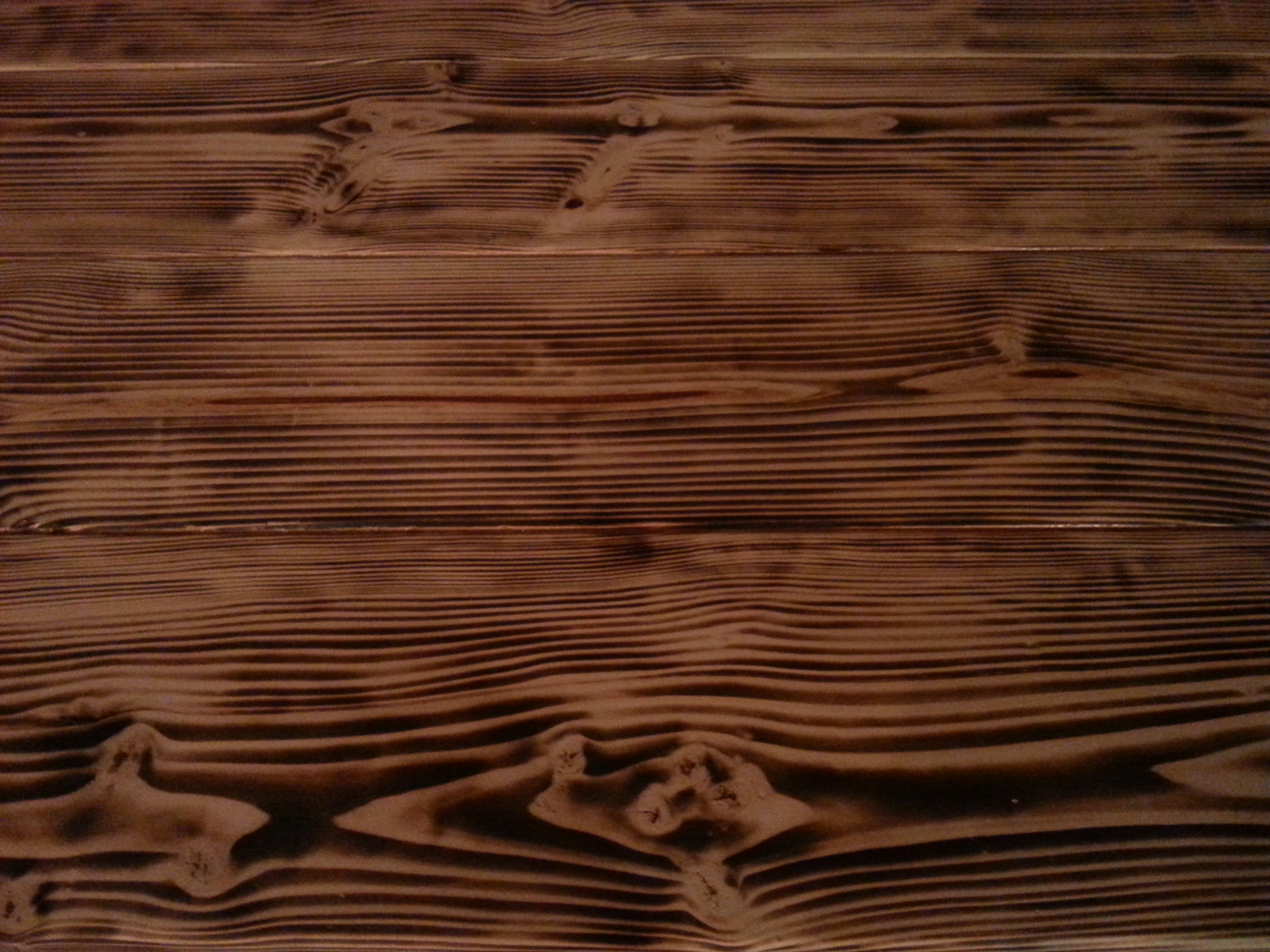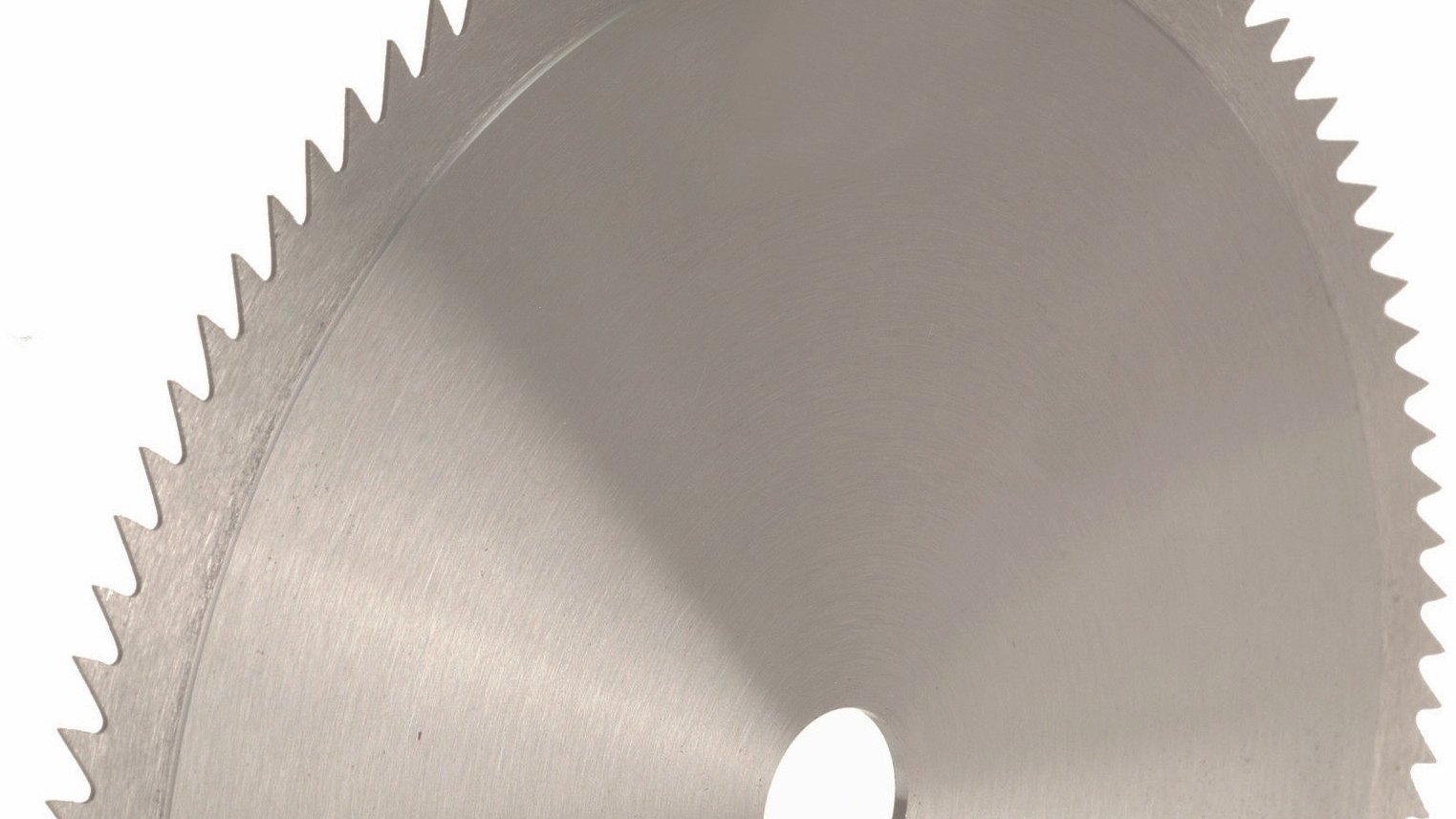Saw alignment laser
The laser is typically set to a beam width of.100 or .125 inches. .100 is defined as thin kerf and the .125 is a standard kerf. The beam is the width of the blade to allow cutting on the line on either side of the blade. Everything that is highlighted is going to be cut away. There are numerous installation brackets to allow the installation on most radial arm, miter, band, beam, panel saws. Our lasers can be adapted hundreds of alignment needs.
Typical sewing machine laser installation
Sewing Machine Laser
The laser can be either red or green depending on your preference. The beam is set to a very thin line to allow you to keep stitching in alignment with the material and the needle. The laser is adjustable left to right .3 inches after installation.
Laserkerf brings a radically new approach to cutting on the mark, the first time every time.
The laser beams width matches the kerf of the blade. The Laserkerf comes in the two most popular blade widths of 3/32"(Model 100) and 1/8"(Model 125)
You can use either side of the beam to align the cut mark. The position of the beam is adjustable to assure perfect alignment with the blade.
See below for a list of features and a comparison to other types of lasers on the market. The Laserkerf is attached with a permanent acrylic adhesive. Setup only takes a few minutes.
Both AC and Battery power are provided through a connector system.
We have the traditional Red laser and the new Green laser.
The Green laser at the same power level is 5 times brighter to the eye than the red laser. It is also more visible in sun light. The color spectrum of the eye is a a bell curve with the green in the center and the red at the outside.
Laserkerf is the only retrofit laser showing you the exact cut the blade will make.
The Laserkerf is the high tech way to know exactly where your saw is going to cut before you ever turn it on. You know exactly what material is going to be cut away with the only laser that duplicates the kerf of your saw.
You can cut on either side of your blade with the same exactness simply by placing the cut mark at the edge of the laser beam. There is no faster safer way to make the perfect cut every time. No other laser guide gets close the the features and accuracy of the Laserkerf.
The Perfect Cut
Perfect cuts start with knowing where the blade is going to cut. See how the laser beam fills the entire kerf.
The Laserkerf is the only retrofit laser that shows you the exact cut the blade will make.
Adjustable Beam
The position of the beam is adjustable to assure perfect
alignment with the blade.
See below for a list of features and a comparison to other types of lasers on the market.
Two Sizes
Available in two widths, 100 and 125, the Laserkerf retrofit laser shows exactly where the blade will fall.
It is easy to see that when the laser is aligned with the blade everything in red will be removed.

Safety & Performance
Visual Safety
The Laserkerf as well as all other lasers that are legally on the market are submitted to the FDA for certification. The Laserkerf emits a beam of less than 5mw. No laser beam should be pointed into the eye no matter what the power level.
Operational Safety
Consider this one aspect of of using the Laserkerf verses the blade mounted lasers. To activate the laser on a blade mounted laser the blade must be spinning. It is natural because of the position of the handle, and wanting to see the solid beam across the wood, to pull the blade down. This causes the guard to open. As discussed in the cutting angles section the wood must be aligned after the blade is spinning. So now the blade is spinning, the guard is open and your hand is moving the wood to align it for the cut. You decide how safe this practice is.
Performance
Because the Laserkerf is not attached to the blade it has no effect on the performance of the blade.
The laser guides that are attached to the blade can have two negative affects. First, the tightening of the laser against the blade can cause the blade to twist slightly. I have a blade with a .125" kerf but when the laser is attached to the saw the actual kerf was.150" and there is a noticeable vibration. The second possibility is that the blade cannot be tightened properly allowing the blade to slip.
Cutting Angles:
A Comparison
Laserkerf
You can cut any angle with Laserkerf with the same accuracy on either side of the blade. Because the laser is on without operating the saw the material and the saw can be completely aligned using both hands before power to the saw is turned on.
You scribe an angled line on the wood from a project piece. You take the material to your saw and with one hand you move the wood in alignment with the beam while the other hand rotates the saw to match the angle. You can clamp the material at this point if you desire or just make the cut.
Blade Mount
If you were to use a blade mounted laser guide you would first turn the power on with one hand. Then with the other hand you rotate the table. Rotating the table moves the wood so you reposition it but then the angle is not correct yet so you move the saw which moves the wood. You continue to do this until you match the angle or figure that you are close enough and cut the wood.
Eyeball Method
You place the wood on the table and bring the saw down to the wood. You try to look across the blade and move the table and wood, as in the previous example, until you think you have it. But in the back of your mind you know that you are probably off just a little so you slide the wood over and cut. If the angle looks correct you nibble your way over to the line and make your final cut.
I used the "Eyeball" method for years with accuracy but also with frustration. I used the "Blade mount " method with the same accuracy and frustration but now add in safety issues of having the blade spinning. The "Laserkerf" method is so much easier, more accurate, faster and safer.










